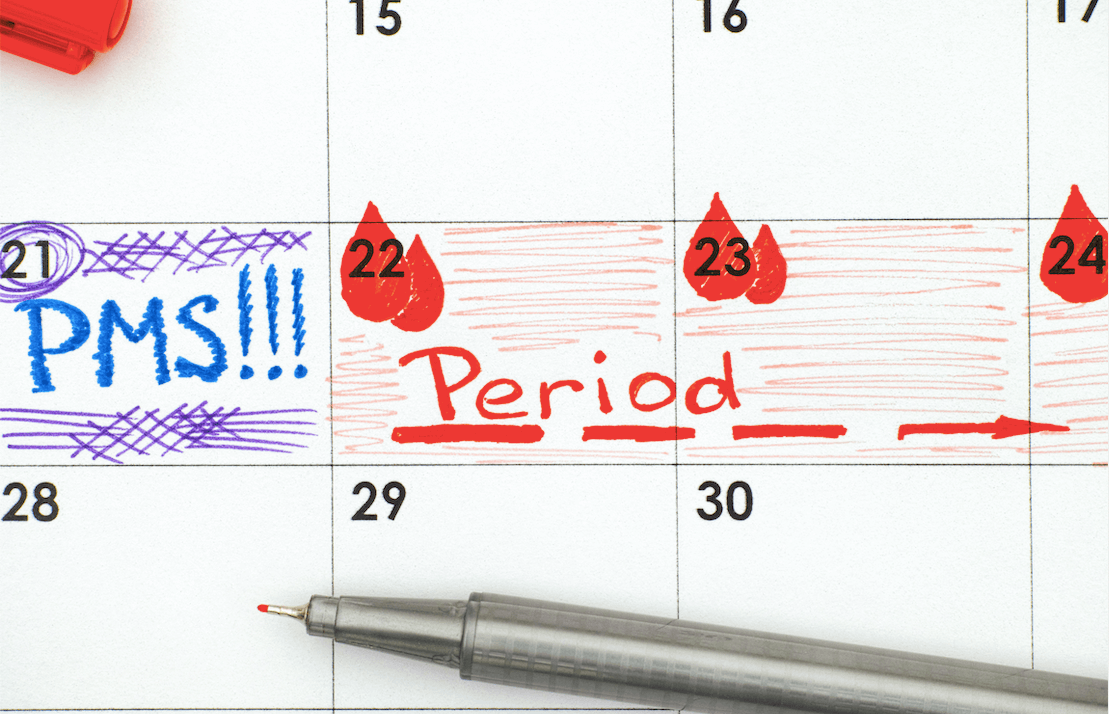A severe and potentially disabling form of premenstrual syndrome (PMS) affects up to 5% of women of childbearing age.
Like PMS, premenstrual dysphoric disorder (PMDD) may cause bloating, breast tenderness, fatigue and changes in sleep and eating habits. In PMDD, at least one of these symptoms also occurs: sadness or hopelessness; anxiety or tension; extreme moodiness; irritability or anger.
PMDD hinges on the fact that, on top of PMS symptoms, it interferes with daily function or tasks, and your relationships with other people.
Many women with PMDD may also have depression, according to the U.S. Office on Women’s Health.
It’s important for our patients experiencing PMDD to keep a diary of their symptoms for several cycles to help the doctor pinpoint specific symptom combinations that relate to the disorder.
For a PMDD diagnosis, a patient must have at least four PMS symptoms plus a fifth symptom related to mood behavior, and the symptoms must start about week before menstruation and end shortly after.
Patients need to know that there’s help for PMDD:.
Treatments include antidepressants called selective serotonin reuptake inhibitors. In addition, over-the-counter pain relievers may help relieve cramps, headaches, backaches, breast tenderness and other physical symptoms.
While birth control pills are another possible PMDD treatment, Henning noted that because the pill doesn’t stop brain chemicals from fluctuating, women may still experience symptoms.
Managing stress by using relaxation techniques or spending time on activities you enjoy may help. Healthy habits — such as a low-salt diet and increasing physical activity — may also ease symptoms.
PMDD affects the way you view yourself and how you relate to other people. So be sure to talk to us if you have concerns or questions.

